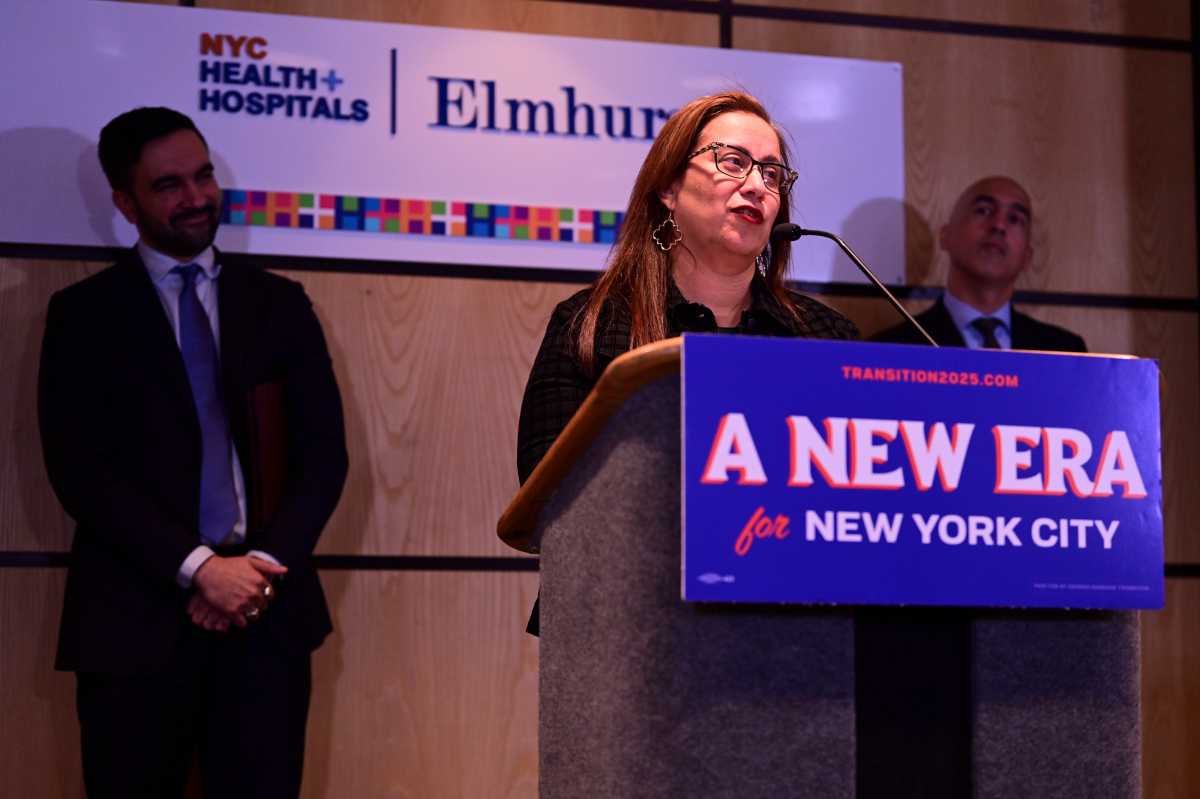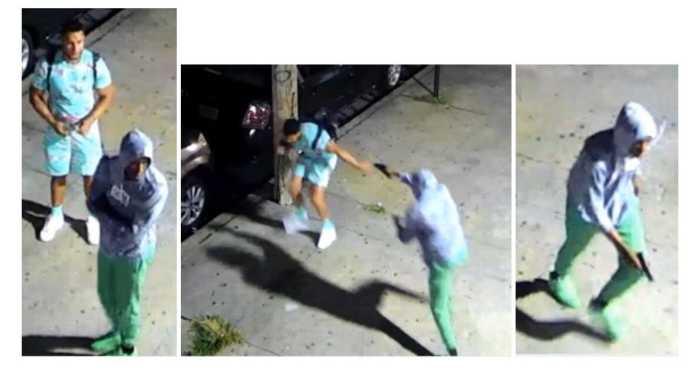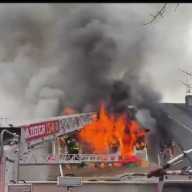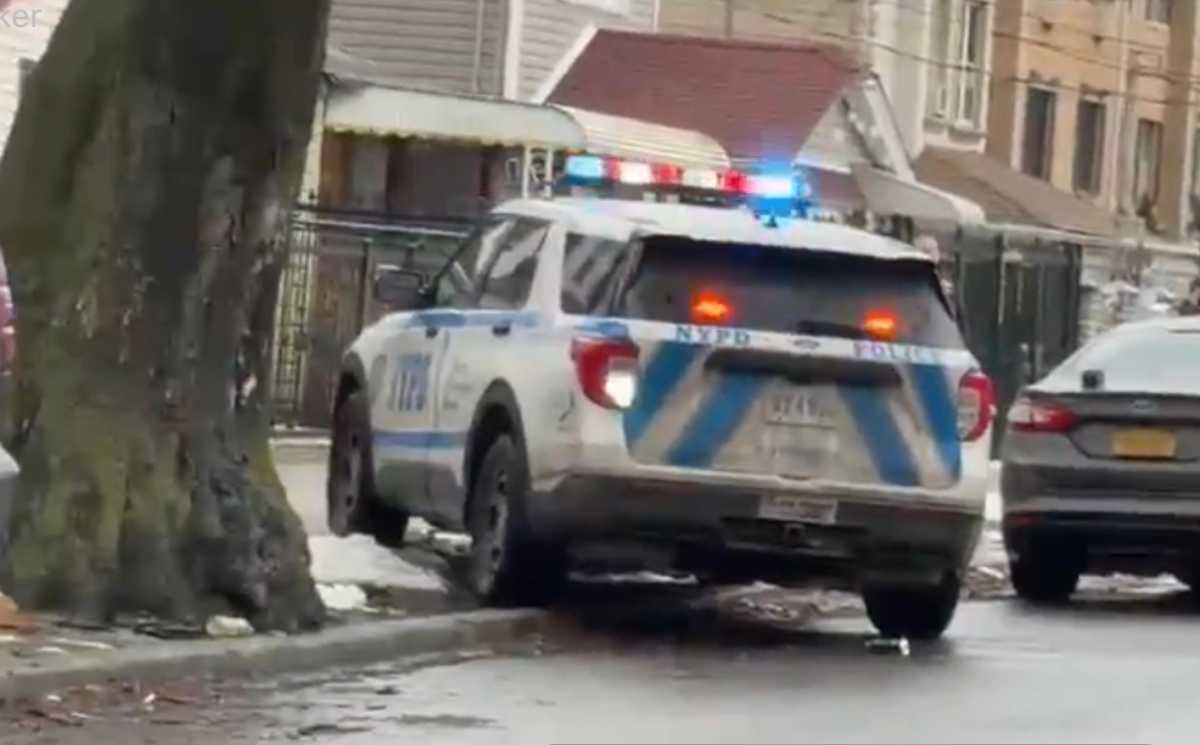By Gabriel Rom
Bayside High School began an early celebration of its 80th anniversary, making it one of the oldest public schools in the five boroughs.
At a ceremony Saturday, U.S. Rep. Grace Meng (D-Flushing), state Assemblyman Ed Braunstein (D-Bayside) and state Sen. Tony Avella (D-Bayside) gathered with students, staff and alumni of the storied school to mark the occasion. The lawmakers presented proclamations declaring the importance of the school and the significance of the anniversary.
Opened in 1936, and built during the Great Depression, Bayside High School was the first in the city to be constructed with federal funds from the New Deal-era Public Works Administration. The school cost $2.5 million.
Gregg Sullivan, chairman of the Friends of Bayside High School, ran through many of the great historical events the school had borne witness to.
“This school takes us through a number of great human events,” he said. “The Great Depression, World War II, the Korean and Vietnam wars and the J.F.K. assassination.
The historical significance of the school, and its 80 years as a single entity, were themes each speaker touched on.
“You have to love what Bayside has been and is for the community,” Avella said. “It is a historic school.”
Principal Michael Athy, speaking about his vision of the school—past, present and future—said the success of Bayside is due to its legacy as one of the most rigorous and community-oriented schools in the city.
“We are an intensely popular school,” Athy said, noting that in the past year 13,000 applicants competed for 600 seats.“And to our alumni: We stand on your shoulders, and for that we are eternally grateful.”
Athy mentioned that more than 60 members of the school’s staff are alumni, including Mindy Karten Bornemann.
Karten-Bornemann, class of ’75 and now a teacher at the school, said she remembers her time as a Baysider vividly.
“It’s a family—one of the few high schools that have stayed together over all this time. There is a real local group of people who come back, including me.”
Tony D’Aguanno, class of ’80, spoke of the school as one of the few respites during the city’s racially charged 1970s.
“We existed in this little bubble where the racial tensions of the city and the history of the 1970s was all around us, yet we didn’t feel it in the school. It was almost surreal. There was lots of racial tension at other high schools, and none at ours.”
“This school is a living legend,” said Lester Speiser, a former principal of the school from 1973 to 1985.
“I see a building that has risen to the needs of this community and of this city.”
D’Aguanno now in his 40s, approached him.
“Hi, Principal. I was a student of yours and This school was an anomaly for us,” D’Aguanno said.
Speiser clasped D’Aguanno’s hand.
“I’m so happy I could see you,” he said.
Reach reporter Gabriel Rom by e-mail at grom@































